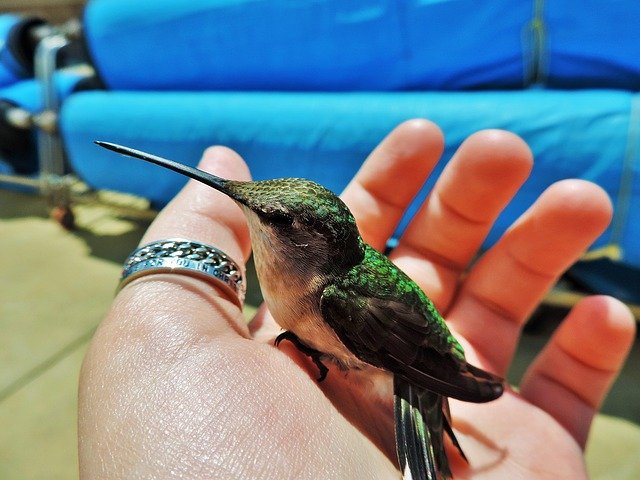
The Sound of Hummingbirds introduces you to these quirky birds by allowing you to sense the beauty of both their flight and movement…by amplifying the sounds emanating from their tiny wings. The aesthetic beauty of the little hummingbird’s colorful feathers fascinates us all along. Hummingbirds are birds native to the Americas. Hummingbirds have a place with the request Apodiformes, signifying, “unfooted birds.” There are three families in a specific order: Trochilidae (hummingbirds), Hemiodontidae (tree swifts), and Apodidae (swifts).The hummingbird family is separated into two sub-families: Phaethornithinae (loners) made out of 34 species and a bigger gathering and Trochilinae (trochilines or “commonplace” hummingbirds), with 294 species.
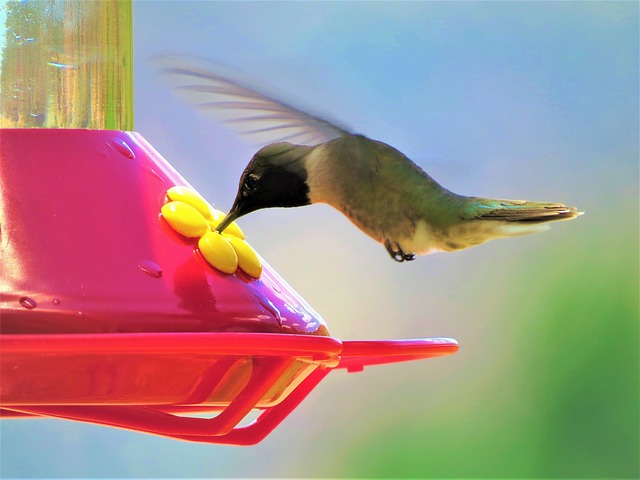
Hummingbird Fun Facts
1. Process of flight : Hummingbirds cannot walk or hop. However, these are the only birds that can move at full speed in front, back, up and down. Their tiny legs are only used for perching and moving sideways while perched. They are the smallest migrating bird. They don’t migrate in flocks like other species, and they typically travel alone for up to 500 miles at a time.
- Nest of the bird : The hummingbird’s home is like a walnut. Only female hummingbirds build their home. Female hummingbirds lay only two eggs. Only Female hummingbird nurtures their baby and will often find another mate after the baby are hatched. After hatching, baby hummingbirds will stay in the nest for approximately three weeks. These eggs have been found in nests smaller than a half dollar and compare in size to a jellybean or a coffee bean. Some species, like the Black-chinned Hummingbird make their nests with plant down, spider silk, and other natural resources that can expand as their babies grow after hatching.
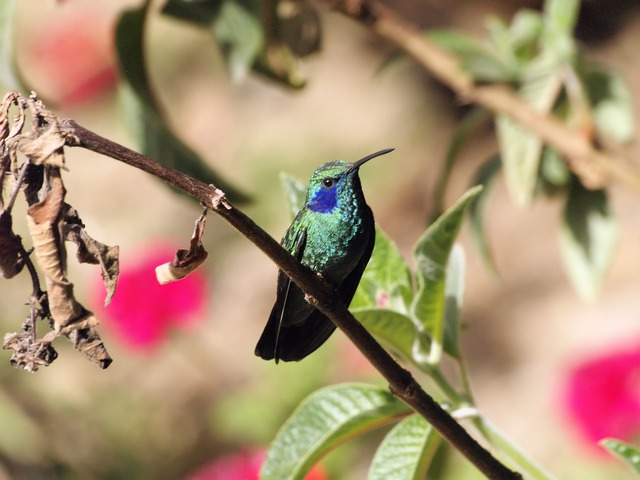
- Range : They are found only in the tropical regions of the Americas. Although small in size, there are more than 300 species of hummingbirds in the world. There are more than 330 types of hummingbirds in North and South America. Normal species in the U.S. include Rufous Hummingbird, Anna’s Hummingbird, Calliope Hummingbird, Broad-tailed Hummingbird, Ruby-throated Hummingbird, Black-chinned Hummingbird, etc
- Life span : Hummingbirds have uncommonly long-life expectancies for creatures with such quick digestion systems. However, many kick the bucket during their first year of life, particularly in the weak period among incubating and fledging, those that endure may sporadically live 10 years or more. Among the better-known North American species, the average life expectancy is presumably 3 to 5 years.
-
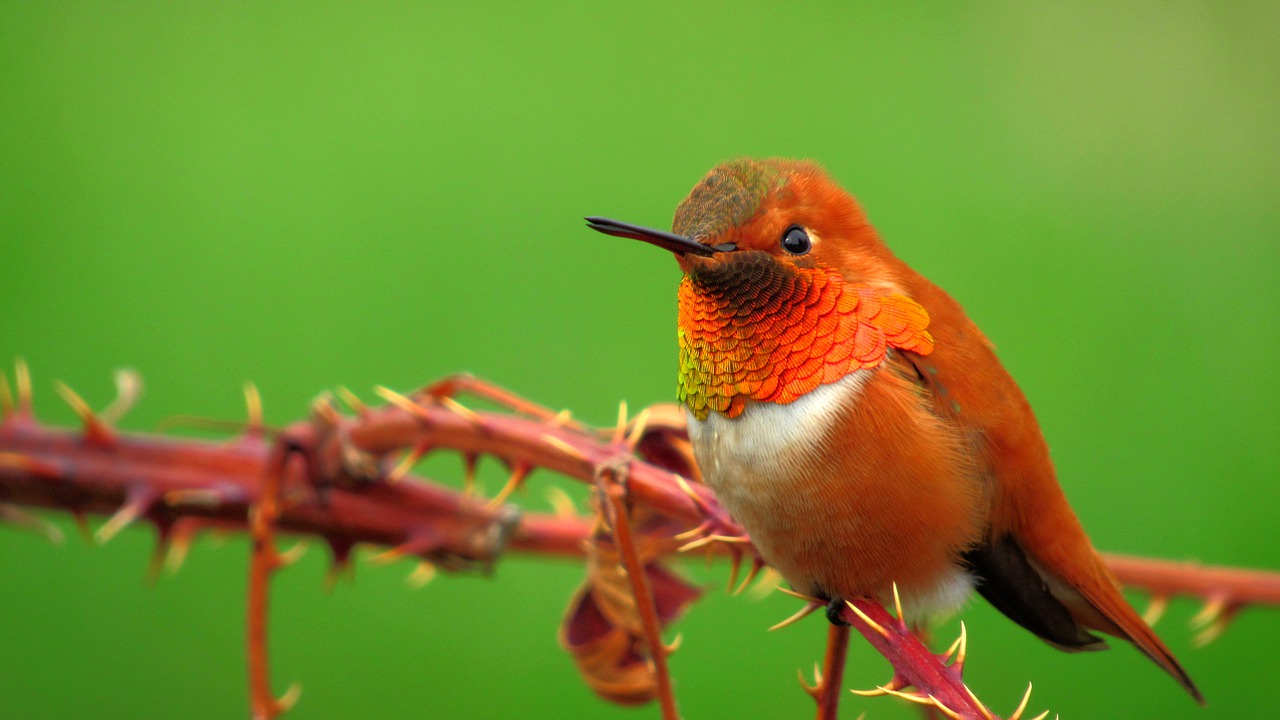
- Torpor : The digestion of hummingbirds can moderate around evening time or whenever when food isn’t promptly free; the birds enter a hibernator, profound rest state (known as lethargy) to forestall energy holds from tumbling to a basic level. During evening slowness, internal heat level tumbles from 40 to 18 °C with heart and breathing rates both eased back significantly (pulse to about 50 to 180/min from its daytime rate higher than 1000).
- Food : Hummingbirds drink the nectar found in feeders by moving their tongue in and out around 13 times each second. They can devour up to twofold their body weight in a day. Evolutionary birds have developed unique adaptive abilities to feed. In most cases flower nectar, wood juice, insects and pollen are eaten. Fast breathing, a fast heartbeat and high body temperature require frequent meals and large amounts of food every day.
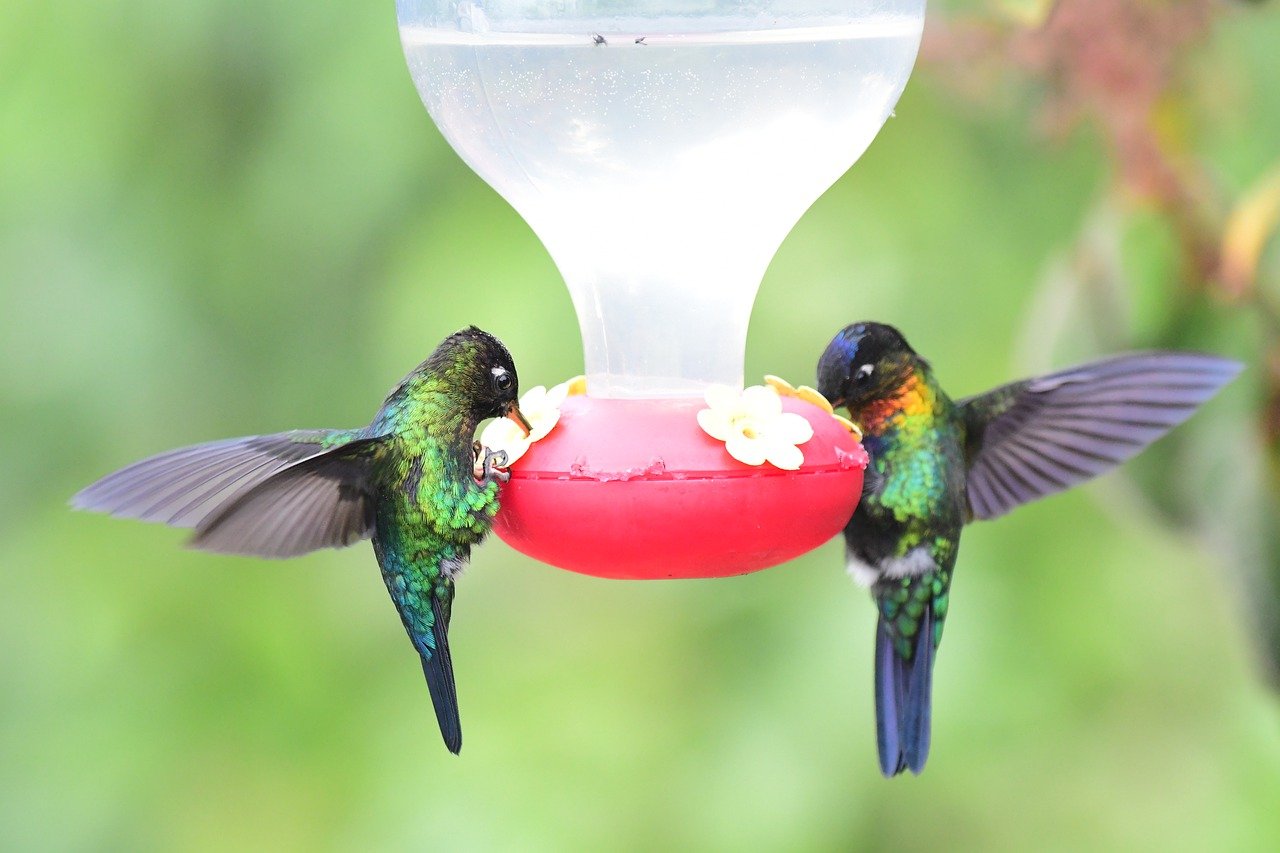
7. Wing feather trill : During flight, these tiny birds flutter their wings. When many birds flutter their wings at the same time, there is a kind of intense humming. That is why they are called ‘hummingbirds’. Their tiny legs are only used for perching and moving sideways while perched. They can’t walk or hop.
- Vission : In spite of the fact that hummingbird eyes are little in measurement (5–6 mm), they are obliged in the skull by diminished skull solidification, and possess a somewhat bigger extent of the skull contrasted with different birds and creatures. Further, hummingbird eyes have somewhat huge corneas, which include about half of the all-out cross over eye width, joined with a phenomenal thickness of retinal ganglion cells liable for visual handling, containing approximately 45,000 neurons for each mm2
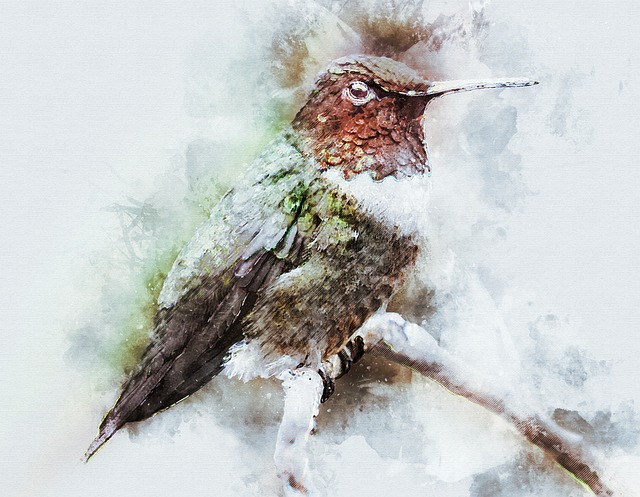
- Difference in colour between male and female : The appearance is different in the case of male and female. In the case of mal, the color is more varied and has different and bizarrely shaped tails and tufts of feathers. Female’s colors are paler than male’s and tufts and tails are more modest, these are not so lash and attractive.
- Speed of flight : They can fly at speeds of up to 30 kilometers per hour. They are able to flutter their wings about 60 times a second.
Hummingbirds are very unusual birds and it is manifested in absolutely everything. The unusual hummingbirds that characterize this bird’s behavior and nature are very naughty, fast and brazen, but at the same time they are very brave and even fearless. This can be clearly seen during the molding of chicks, when hummingbirds can attack birds much larger than them and fight with fearlessness and courage. Hummingbirds are arrogant and solitary birds, although flocks of these birds are often found, but each representative in this national group is a brilliant personality. They do not always proceed peacefully with each other and sometimes serious conflicts and disagreements arise. People do not pose a threat to small birds, so they often build nests near their homes. Some beauty lovers especially draw the birds’ attention to their homes and gardens, plant their favorite hummingbird flowers and drink with syrup or honey dissolved in water. Thus, hummingbirds become regular guests and fly into the house with enviable regularity. Sometimes they behave like pets. Catching these birds is a very difficult task.
